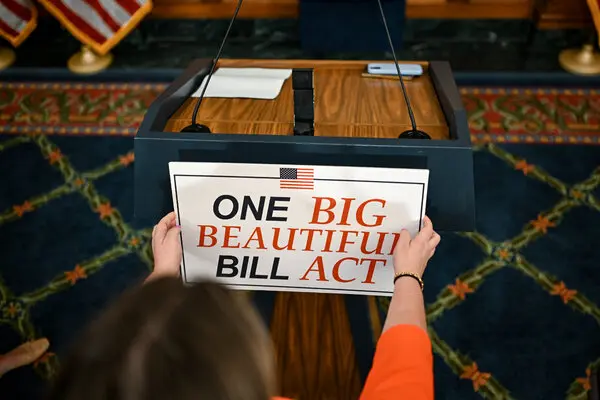Want to save with Paschal? Don’t miss our current offers and specials

Want to save with Paschal? Don’t miss our current offers and specials
Return to Paschal Resource & Education Hub

If you’re planning to upgrade your home with a heat pump, solar panels, or other energy-efficient improvements, now is the time to act. The Big Beautiful Bill renewable energy incentives are ending after 2025, making this your final chance to take full advantage of these valuable tax credits. Recent changes under the bill, signed into law on July 4, 2025, will end or reduce many of the most popular residential credits after this year.
Here’s what homeowners and builders should know before moving forward with their projects.
The Inflation Reduction Act of 2022 created generous tax credits to encourage energy-efficient upgrades through 2032. But the One Big Beautiful Bill Act (PDF) cuts many of those renewable energy credits short.
Two major residential incentives—the Energy Efficient Home Improvement Credit (25C) and the Residential Clean Energy Property Credit (25D)—are both set to expire for systems installed after December 31, 2025.
This credit covers 30% of qualifying upgrade costs, up to the following annual limits:
Deadline: The equipment must be installed and placed in service by December 31, 2025, to qualify.
This separate credit covers 30% of the total cost for qualifying clean energy systems, with no annual or lifetime dollar cap (except for fuel cells).
Deadline: Systems must be installed and operational by December 31, 2025, to qualify under current law.
Homebuilders can claim a credit of $2,500 to $5,000 per home for qualifying new construction that meets ENERGY STAR or DOE Zero Energy Ready standards.
Deadline: Homes must be sold or leased by June 30, 2026
Commercial building owners can still claim deductions for energy efficiency improvements that reduce building energy use by at least 25%. These incentives were not affected by the BBB.
| Credit | Deadline | Action Required |
| 25C – Home Upgrades | December 31, 2025 | Must be installed and in service before year-end |
| 25D – Clean Energy Systems | December 31, 2025 | System must be fully operational in 2025 |
| 45L – New Construction | June 30, 2026 | Home must be sold or leased before this date |
Unless new legislation is passed, 2025 is the final year these tax credits will be available for homeowners. Projects installed in 2026 or beyond will not qualify under current law, and no extensions have been announced.
If you’re planning to install a new HVAC system, solar array, heat pump, or battery storage system, Paschal can help ensure it’s done right and done on time. We’ll also walk you through what paperwork and documentation you’ll need to claim available tax credits on your next return.
Federal incentives for heat pumps, solar systems, and other energy-efficient upgrades are ending soon. To qualify, your project must be installed and in service by December 31, 2025.
Not sure about the type or age of your system? How much would a replacement cost and are there any tax credits available for your home? Schedule a No-Cost Free Estimate today
You can read more about the Big Beautiful Bill renewable energy tax credits directly from the sources: